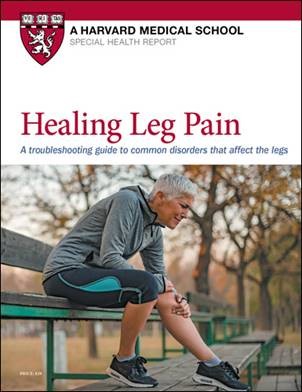Beware of possible rise in blood clot risk when binge-watching television
Research we're watching

Watching television for four or more hours a day is linked to a higher risk of developing dangerous blood clots, new research suggests.
The study included more than 131,000 people, all ages 40 and older without venous thromboembolism (VTE). VTE includes two serious conditions: pulmonary embolism (clots in the lungs) and deep-vein thrombosis (clots in deep veins, usually in the legs). Participants who reported watching television at least four hours a day were categorized as prolonged viewers, while those who watched less than 2.5 hours per day were deemed never-viewers or seldom-viewers.
During the follow-up (which ranged from just over five years to nearly 20 years), prolonged television viewers were 1.35 times more likely to develop VTE compared with never- or seldom-viewers. While the findings don't prove cause and effect, the connection makes sense because sitting for long periods causes blood to pool in the legs, which can raise blood clot risk, according to the authors, who published their findings Jan. 20, 2022, in the European Journal of Preventive Cardiology.
Image: © SeventyFour/Getty Images
About the Author

Julie Corliss, Executive Editor, Harvard Heart Letter
Disclaimer:
As a service to our readers, Harvard Health Publishing provides access to our library of archived content. Please note the date of last review or update on all articles.
No content on this site, regardless of date, should ever be used as a substitute for direct medical advice from your doctor or other qualified clinician.













